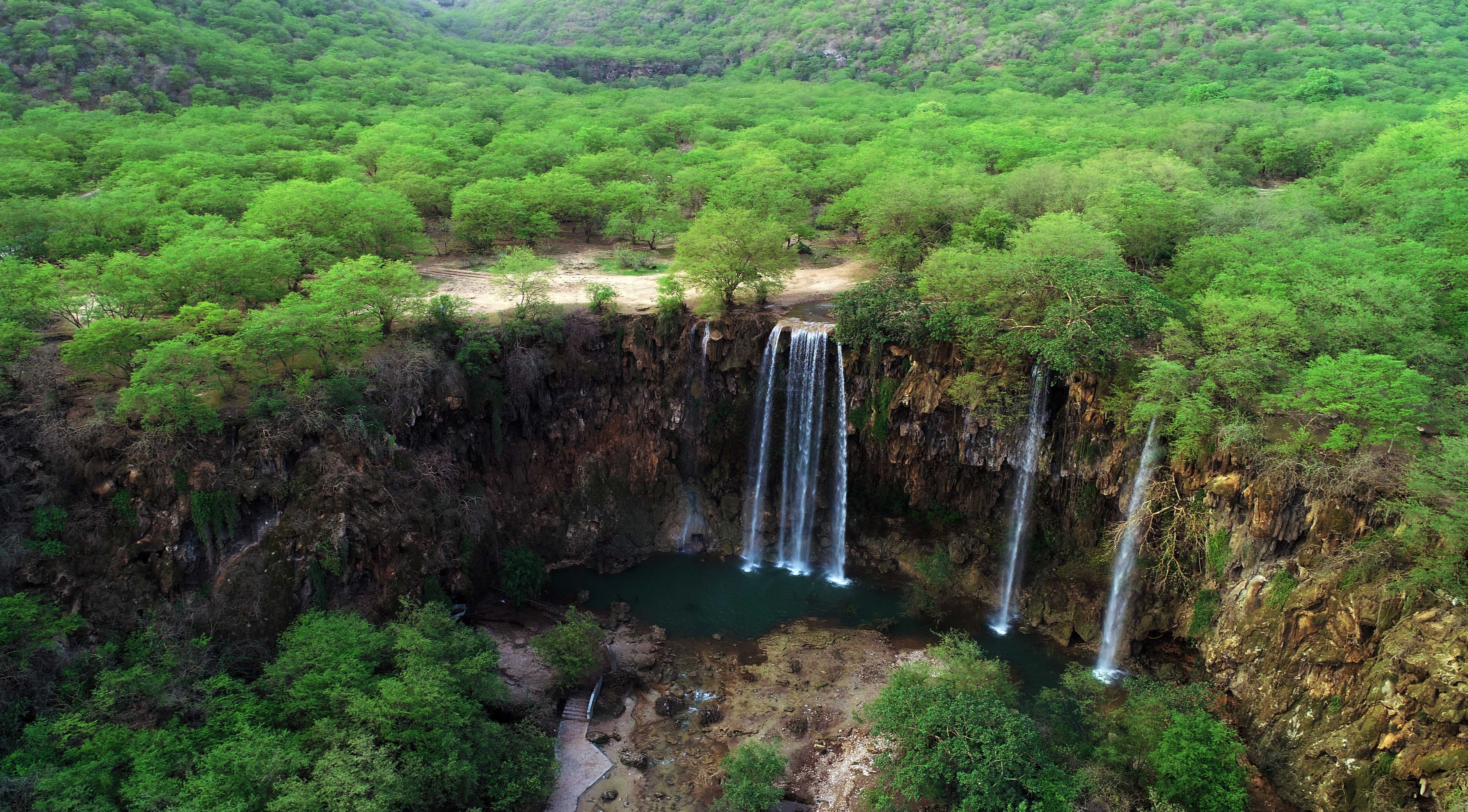
Muscat: Most of the coastal wilayats and areas around Dhalkut in Western Dhofar to Mirbat are experiencing wet weather. The wet spell usually begins on June 21every year and becomes more intense in mountainous areas facing monsoon winds than in the plains.
The temperature along the coastal areas of Dhofar drops during this time of the year due to the rise of cold currents from the seabed. This coincides with the southwesterly winds, carrying large quantities of water vapours. When these winds meet with the mountains, the water vapours go up, condense and form low-altitude clouds.
The monsoon brings fog in the Arabian Sea which is close to the coast of Dhofar. Due to the active southwesterly winds, this fog moves across the land, causing low surface visibility as well as rough seas. The wave heights range between three to five metres along the coast of Dhofar Governorate and the Governorate of Al Wusta.
The wave height decreases gradually towards Ras Al Hadd in the Wilayat of Sur. Salalah city witnesses average rainfall of 50 millimetres during the (Khareef) monsoon season. The maximum amount of rainfall is received in the month of July and August, averaging 120 millimetres in central mountainous areas.